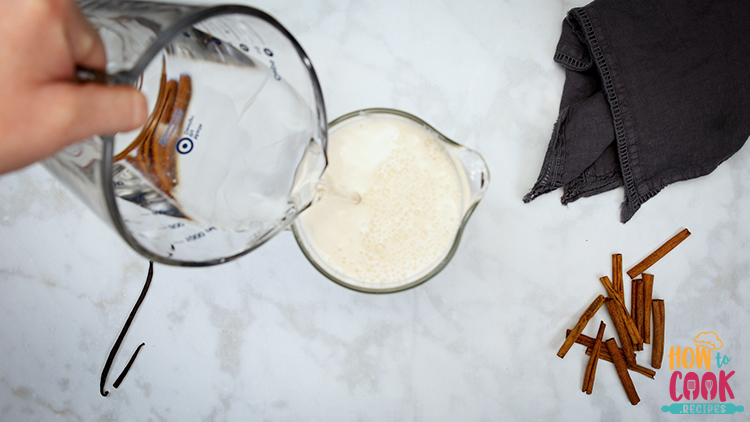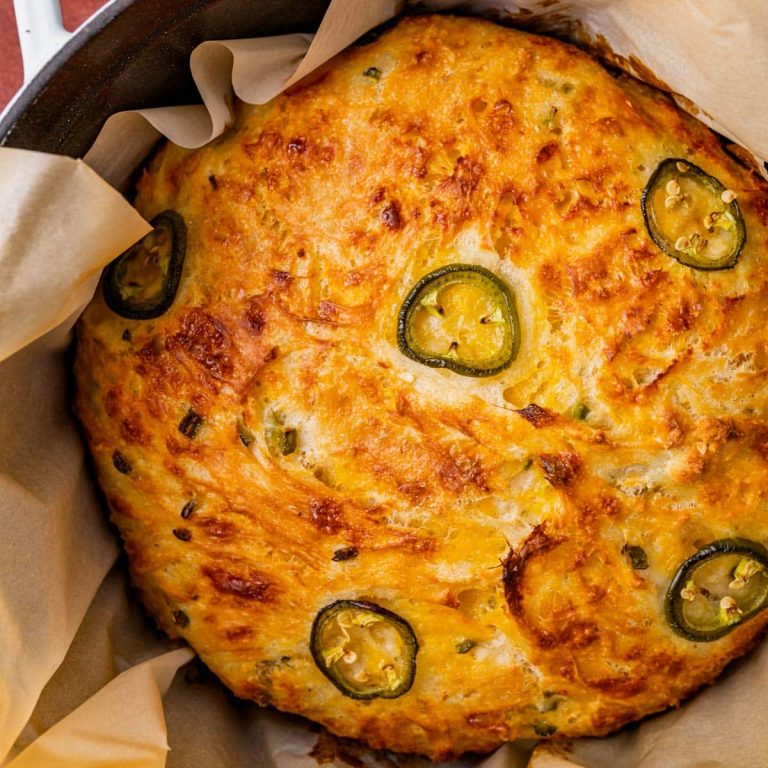Horchata : A Step-by-Step Guide to Delicious Homemade Versions from Around the World
Horchata dates back to ancient Egypt, where it was originally made from chufa (tiger nuts). The drink traveled to Spain, evolving into horchata de chufa. In Latin America, rice became the main ingredient, leading to horchata de arroz. Today, horchata’s global presence includes various forms and flavors. Mexican horchata typically combines rice, milk, vanilla, and cinnamon. Salvadoran versions include morro seeds alongside traditional components. You might also encounter almond-based variations, especially in regions focusing on nut-based beverages.
Nutritional Benefits
Horchata offers several nutritional benefits, depending on its ingredients. Rice-based horchata provides carbohydrates, essential for energy. If you choose almond or tiger nut versions, you gain additional protein, healthy fats, and vitamins E and B. Cinnamon, a common ingredient, provides antioxidants and anti-inflammatory properties. Traditional sweeteners like sugar add calories, so for a healthier option, consider using natural alternatives such as honey or agave syrup.
Key Ingredients for Easy Horchata
Rice, Almonds, and Cinnamon
Utilize long-grain white rice to create a smooth base for your horchata. Uniquely, rice absorbs water effectively, allowing it to blend seamlessly with other ingredients.
Almonds offer an added layer of creaminess and richness, enhancing both flavor and texture. For example, ground almonds elevate horchata by contributing healthy fats and proteins.
Cinnamon delivers the essential spice for traditional horchata. Using ground cinnamon or cinnamon sticks imparts warmth and a subtle sweetness to the beverage.
Dairy and Non-Dairy Options
Include dairy for a traditional creamy texture if that’s your preference. Whole milk enriches the drink, providing creaminess and a full-bodied flavor. Use evaporated milk for an even thicker consistency.
Non-dairy alternatives accommodate dietary restrictions or preferences. Almond milk, coconut milk, or oat milk serve as excellent substitutes when making vegan or lactose-free horchata.
Select the base liquid based on desired taste and consistency. For instance, coconut milk adds a tropical twist, while almond milk preserves the nutty undertones.
Step-by-Step Guide to Making Horchata
Soaking the Ingredients
Soak the rice and almonds to achieve a smooth texture and rich flavor. Use 1 cup of uncooked rice and 1/2 cup of raw almonds. Place them in a bowl, cover with 4 cups of water, and soak at room temperature for at least 4 hours or overnight. Soaking softens the ingredients, making the blending process more efficient.
Blending and Straining
Transfer the soaked rice and almonds, along with the soaking water, into a blender. Add 2 cinnamon sticks and blend until the mixture is smooth, usually for 2-3 minutes. Strain the blended mixture through a fine-mesh sieve or cheesecloth into a large pitcher, capturing all solids. To extract more liquid, press the remaining solids with a spoon. Finally, stir in 1 cup of sugar and 4 cups of milk (whole or almond milk) until fully dissolved. Serve chilled over ice for a refreshing drink.
Tips for Perfecting Horchata
Achieving the Right Sweetness
Sweetness levels define the taste of horchata. Granulated sugar is popular, but honey, agave syrup, or stevia work for healthier options. Start with half a cup of your chosen sweetener for a standard batch, then adjust to taste. Adding the sweetener after blending ensures even distribution.
Texture and Consistency Adjustments
Texture and consistency contribute significantly to the horchata experience. Blending soaked rice and almonds longer yields a smoother texture. Straining through a fine-mesh sieve or cheesecloth removes grainy bits. For thicker horchata, use a higher ratio of rice and almonds. Adding more water lightens it up.
Horchata Variations to Try
Flavor Add-Ins and Toppings
Enhance your horchata with various flavor add-ins and toppings to create unique variations. Vanilla extract, for instance, adds a smooth and rich taste. A touch of nutmeg imparts a warm, earthy flavor. For a hint of citrus, add a few drops of orange or lemon zest. Almond extract can provide a nuttier character, complementing the traditional almond base.
For toppings, consider sprinkling cinnamon powder on top or adding a cinnamon stick for an aromatic touch. Crushed almonds or pecans can offer a delightful crunch. For a tropical twist, top with shredded coconut or a splash of coconut milk.
Serving and Pairing Ideas
Serve horchata chilled, over ice, to highlight its refreshing qualities. For an added touch, rim the glass with cinnamon sugar. Pair horchata with savory dishes to balance flavors. It complements spicy Mexican cuisine well, such as tacos or enchiladas. Desserts like churros or flan also pair beautifully with the creamy texture of horchata.
Serve horchata at gatherings for a unique, refreshing beverage option. It’s versatile for breakfast through dinner, making it a crowd-pleasing choice.
Conclusion
Making horchata at home is a rewarding and delicious experience. With its rich history and diverse variations, you can truly make it your own by experimenting with different ingredients and flavors. Whether you prefer the classic Mexican version or want to try something new like Salvadoran horchata, the possibilities are endless.
Don’t hesitate to get creative with add-ins and toppings to elevate your drink. Pair it with your favorite savory dishes or enjoy it on its own as a refreshing treat. Once you’ve mastered the basics, horchata will surely become a staple in your beverage repertoire.






